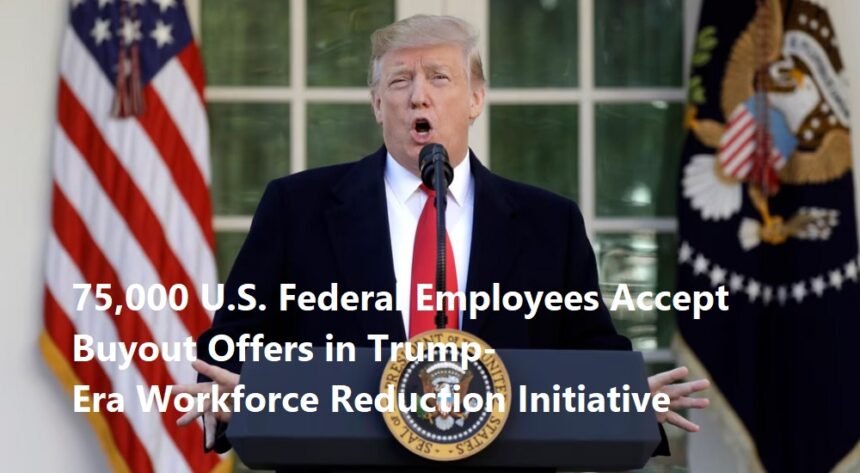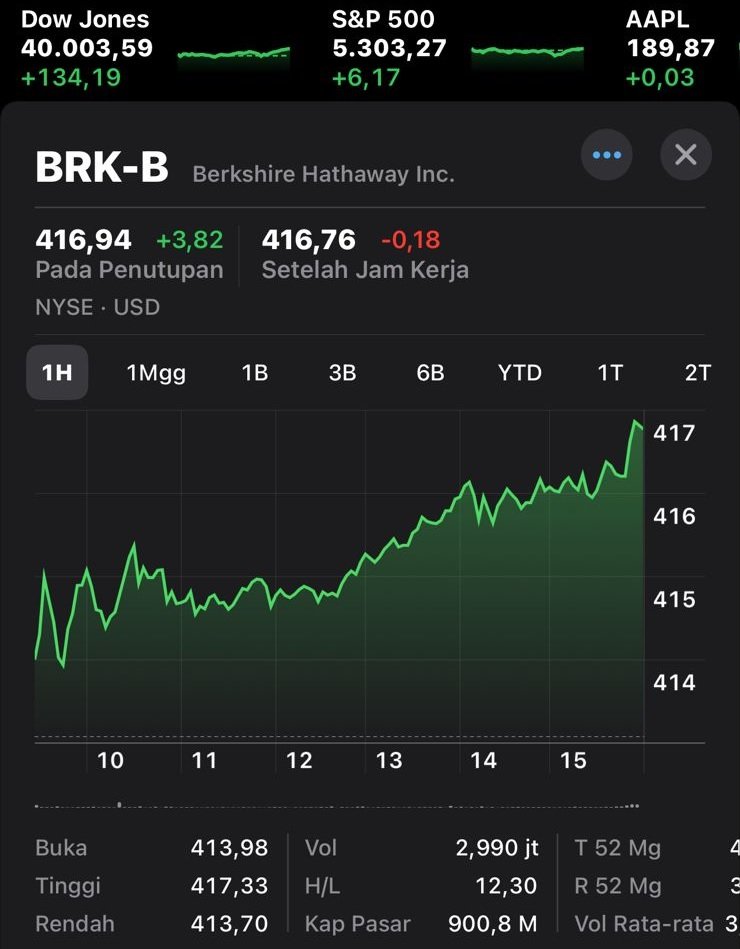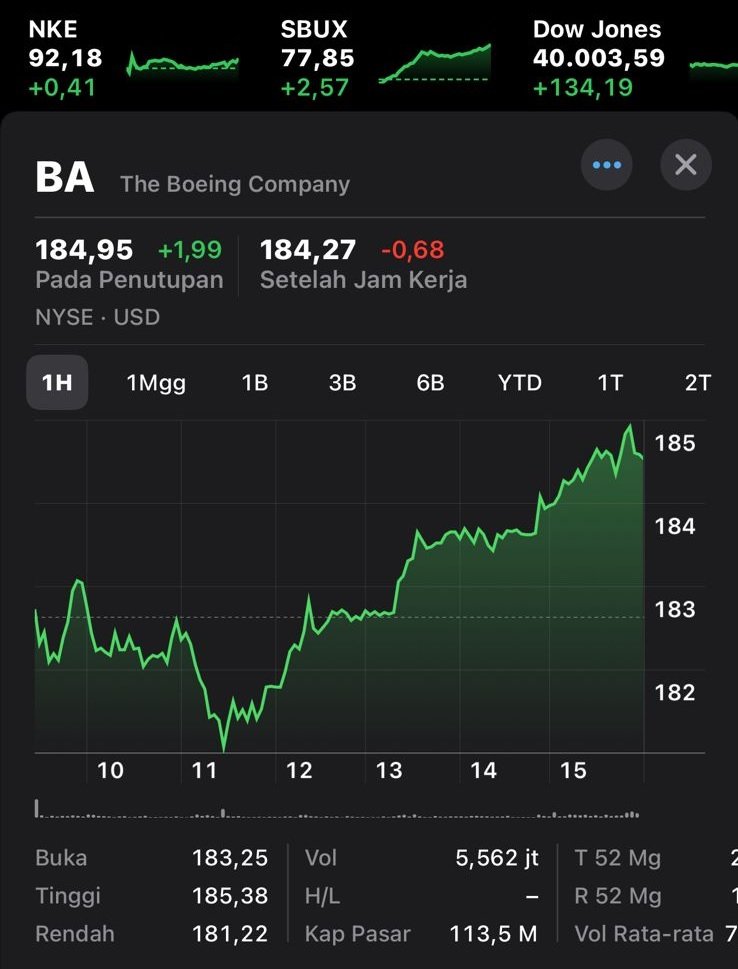In a sweeping effort to streamline the federal government, approximately 75,000 U.S. federal employees voluntarily resigned from their positions between 2017 and 2020, accepting buyout packages offered under the Trump administration’s workforce reduction policies. This unprecedented exodus, part of a broader strategy to shrink the size of government, sparked debates about efficiency, public service capacity, and the long-term impacts of downsizing critical agencies. Here’s an in-depth look at the initiative, its implications, and the controversies it ignited.
The Buyout Program: A Tool for Downsizing
The Trump administration entered office in 2017 with a pledge to reduce federal bureaucracy, famously vowing to “drain the swamp” in Washington. To achieve this without resorting to layoffs, agencies across the government offered Voluntary Separation Incentive Payments (VSIPs) and Voluntary Early Retirement Authority (VERA). These buyouts provided employees with financial incentives—often up to $25,000 plus accelerated retirement benefits—to leave their jobs voluntarily.
Key agencies targeted included the Department of Agriculture (USDA), Environmental Protection Agency (EPA), and Department of the Interior, where staffing cuts aligned with the administration’s deregulatory agenda. The State Department, Education Department, and even the IRS also saw significant attrition.
Why Did Employees Take the Buyout?
For many career civil servants, the decision to accept buyouts was multifaceted:
- Financial Incentives: Lump-sum payments and early retirement options appealed to those nearing retirement age.
- Political Climate: Employees in science-based or regulatory roles (e.g., EPA, CDC) reported feeling sidelined by policies that contradicted their missions, leading to moral discomfort.
- Uncertainty: Fears of potential layoffs or budget cuts under a downsizing agenda prompted some to leave on their own terms.
- Burnout: High stress from increased workloads due to prior hiring freezes and staffing gaps.
Controversies and Criticisms
While the administration framed buyouts as a cost-saving measure, critics argued the policy risked eroding institutional knowledge and weakening public services:
- Loss of Expertise: At the USDA, buyouts decimated ranks of agricultural economists and climate researchers. The EPA lost over 1,200 employees by 2020, including veterans with decades of environmental policy experience.
- Slower Services: The IRS, already strained, struggled with taxpayer assistance delays after losing 10% of its workforce.
- Partisan Priorities: Critics alleged that cuts disproportionately targeted agencies focused on environmental protection, education, and diplomacy—areas at odds with Trump’s policy goals.
- Ethical Concerns: Some employees claimed they were pressured to resign through hostile work environments or reduced responsibilities.
The Human Cost
Behind the statistics were personal stories. A 58-year-old EPA scientist who accepted a buyout told The Washington Post: “I couldn’t stand watching our research ignored while industry interests took priority. The buyout let me leave with dignity, but it broke my heart.” Others, however, welcomed the packages as a golden parachute. A USDA administrator noted, “The payout helped me retire early. I don’t regret it, but I worry about who’s left to do the work.”
Administration’s Defense
Trump officials defended the initiative, emphasizing efficiency and taxpayer savings:
- Reduced Payroll Costs: The Office of Personnel Management (OPM) estimated buyouts saved $5.7 billion annually by 2020.
- Modernization: Then-OMB Director Mick Mulvaney argued that automation and outsourcing could replace outdated roles.
- Accountability: The administration claimed bloated agencies hindered responsiveness, and leaner teams could prioritize “core functions.”
Long-Term Impacts
The full effects of the workforce reduction became apparent during crises:
- COVID-19 Pandemic: Agencies like the CDC and FDA faced criticism for slow responses, with experts citing understaffing as a factor.
- Environmental Rollbacks: With fewer staff to conduct oversight, EPA enforcement actions dropped by 48% between 2016 and 2020.
- Morale Decline: Remaining employees reported increased workloads and burnout, leading to further attrition.
Biden’s Reversal and Ongoing Challenges
The Biden administration halted further buyouts in 2021, prioritizing federal workforce expansion to rebuild capacity. Agencies like the EPA and IRS began aggressive hiring campaigns. However, challenges persist:
- Rehiring Delays: Replacing specialized roles (e.g., cybersecurity, climate science) takes years.
- Generational Gaps: Many departing employees were mid-to-late career, leaving mentorship voids.
- Political Polarization: Fears of future administrations reinstating cuts have made federal jobs less attractive to young professionals.
Lessons for the Future
The Trump-era buyouts underscore the tension between small-government ideology and the practical demands of governance. Key takeaways include:
- Balance: Workforce reductions require careful analysis to avoid crippling essential services.
- Transparency: Employees and unions demand clarity during restructuring to maintain trust.
- Investment: Automation can’t fully replace human expertise in complex regulatory and scientific roles.
Conclusion
The exodus of 75,000 federal employees under Trump’s buyout program remains a contentious chapter in U.S. administrative history. While it achieved short-term fiscal goals, the long-term costs—eroded expertise, slower public services, and institutional distrust—reveal the risks of rapid downsizing. As the federal government rebuilds, the debate continues: How lean can the bureaucracy become before it breaks?
“A government that’s too small to function is no better than one that’s too large to manage.” — Max Stier, Partnership for Public Service.
By the Numbers:
- Total Buyouts (2017–2020): ~75,000 federal employees.
- Estimated Annual Savings: $5.7 billion (OPM).
- EPA Staff Reduction: 14% (1,200+ employees).
- IRS Workforce Decline: 10% (8,000+ employees).
For better or worse, the buyout initiative reshaped the federal workforce—and its legacy will influence U.S. governance for decades.












